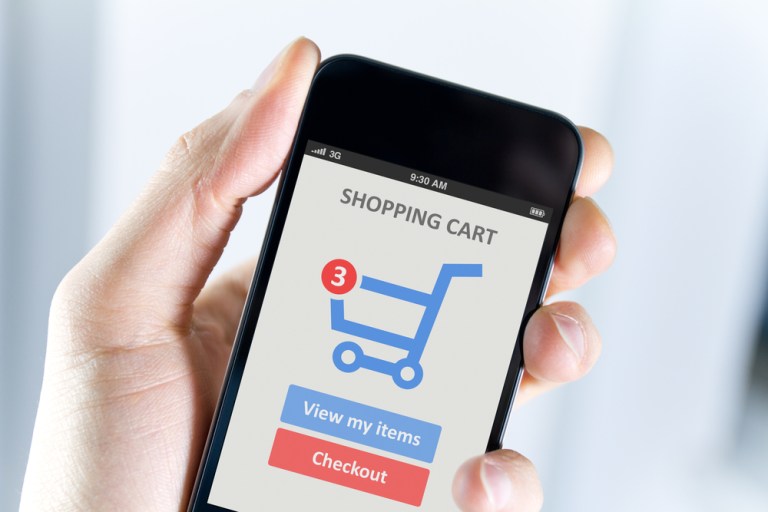
When procurement software startup Vroozi announced last month that it secured $4 million in venture capital, the company said it would use that investment to strengthen technological capabilities in sophisticated areas, like analytics and artificial intelligence. That focus could signal a new age in eProcurement, one embracing innovative and disruptive technology.
While the technology behind eProcurement solutions today may be flashy, Ivy Montgomery, VP of marketing and partners at Vroozi, said one of the tallest hurdles for procurement solutions today is making it simple, at least on the front end. She told PYMNTS why, for some companies with the most resources and employees, the biggest challenge in procurement is actually adopting a solution in the first place.
“We need the complexity in the back end,” Montgomery said. “The question is how to deploy it so it’s easy to use in the front end, so you can have 100 percent employee adoption.”
It’s a tricky challenge. On one hand, some eProcurement experts say procurement should be as easy as B2C online shopping. On the other hand, companies need more complex controls to manage suppliers and spend than what the average consumer may need.
Still, Montgomery explained, it doesn’t matter if a company has 1,000 employees or hundreds of thousands of employees. Those workers that need to procure goods for their firms are, individually, consumers.
“An employee is a consumer on their own,” she said. “They’re used to going onto their Amazon shopping app and just ordering something.”
According to the executive, that demand for a streamlined, mobile-friendly, B2C-like interface is what can help companies with that top challenge of employee adoption. But with the new investment, Vroozi said it will be focusing on highly complex technology for the back end.
In this regard, though, Montgomery still compares Vroozi‘s goals to the capabilities of consumer-facing solutions, like Google: being able to predict the shopping habits of individuals.
“Google, over time, learns your user profile, the search terms you use, the sites you go to, etc.,” she explained. “Over the course of an employee using a marketplace, there should be an ability for us to track what the search terms are that they’re looking at, the types of things they’re trying to buy.”
Vroozi will be looking to strengthen its data analytics artificial intelligence capabilities moving forward, but Montgomery was clear to differentiate AI from machine learning — the latter, she said, is where the procurement space is at today. The possibilities behind this type of technology are vast for eProcurement solutions, the executive said.
For example, not only can machine learning be able to predict what an employee is going to search for when sourcing for goods, but it can also be able to pinpoint which items an employee searches for that aren’t available from preferred vendors.
“You can go back to the sourcing team and say, “These are the suppliers you work with, this is where the hole is, this is where people are going outside of the compliance policy,'” Montgomery noted.
Another kind of complex technology Vroozi is looking at is the role of the Internet of Things in sourcing and purchasing. She offered an example of a printer’s ability to notify an employee when toner is low and for that intelligence system to suggest that the company procure, say, four cartridges this time instead of two, like last time.
While Vroozi will be taking its new funding to explore these areas, when it comes to payments, Montgomery said that the company will be looking outward.
“Payments is a beast,” she said. “This is one area we’re not going to focus on in terms of development. The reason for this is that we focus our development on the platform that’s widely used by every person in the company. Payment is only touched by a small number of people, and there is a lot of complexity in terms of payment and finance.”
That doesn’t mean Vroozi is ignoring the “pay” side of “procure-to-pay.” Montgomery said the company is in talks with two players — Taulia, which provides eInvoicing and supplier management solutions, and another firm, which offers automated accounts payable tools — to integrate into Vroozi’s solution (the latter collaboration hasn’t yet been made public).
“Our solution ends where the PO and invoice begins,” she explained, adding that Vroozi is looking for partners to be able to process payments across both the mid-market and large enterprises.
From machine learning to predictive analytics, collaborating with players that specialize in other areas of the procure-to-pay process, Vroozi is busy looking to reduce friction in eProcurement for its enterprise clients. According to Montgomery, procurement players must keep in mind that even the largest enterprises need simple interfaces, and innovative technologies today can handle the complexities of eProcurement back-end systems.
So far, other areas of the workplace have been able to do it, she said.
“These solutions for employees — they’re a critical path, which was solved for email, which was solved for CRM,” Montgomery stated. “But what hasn’t been solved is procurement and the supply chain.”